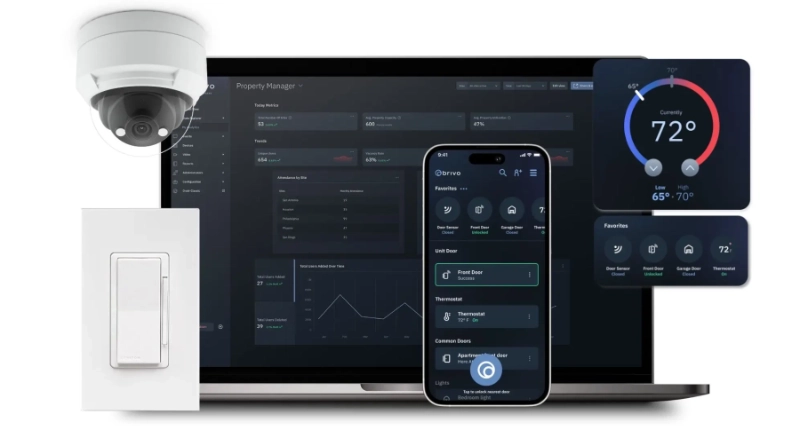When it comes to big data, physical security is late to the game. Businesses have leveraged all sorts of data sources for purposes as diverse as marketing to consumers (think Google, Amazon, and Facebook), enhancing transportation efficiency (think package tracking, flight scheduling, and autonomous vehicles), and improving healthcare delivery (think medical records management, AI-assisted pharmaceutical development, and patient health-risk scores). Even so, 63% of companies can’t gather insights from big data in a timely manner, and up to 73% of data goes unanalyzed.
Businesses are beginning to see the wisdom of aggregating security-related data, both to improve security and to gain other benefits, such as reducing costs and driving value. Yet the vast majority of the billions of access control transactions, video surveillance captures, sensor activations, and related security data remain uncollected, unstored, unaggregated, unanalyzed, or only partly analyzed.
The little data that is being captured and analyzed delivers real value and hints at what is being left on the table beyond the obvious security use-cases. Companies gain insights into hours, dates, locations of access by specific users or categories of users. That information allows them to identify use, traffic, and occupancy patterns both in real-time and historically, helping them make decisions about space optimization and monetization. In a hospital, for example, security, facilities, and operations managers can use that data to better manage resources such as guard deployments, lighting and energy use, pharmaceutical availability, restaurant and gift-shop hours, and lab room scheduling.
The benefits cut across industries. In a residential apartment complex, data can be leveraged to gain favorable rates from utilities, schedule maintenance personnel, generate revenue from space rentals or service upgrades, and better manage limited parking. Actions as simple as turning off lights or lowering air conditioning in unused areas add up in cost savings.
In work environments ranging from offices and distribution centers to factories and laboratories, managers can more effectively make staffing decisions based on time, facility location, access privileges, occupancy requirements, PPE availability and numerous other factors. Space utilization decisions have become critical elements of health, productivity, teamwork, and corporate culture as the Coronavirus pandemic continues to drive a paradigm shift to hybrid work models.
While data can be collected through on-premises systems, it is far more powerful when it resides in the cloud. Data from multiple systems can be pooled, analyzed and mined for insights. That data can be facility-specific, campus-specific, multiregional or enterprise-wide, with comparisons of those various sources of data providing key insights. For example, the data gathered at a large electrical utility has great collective value but may be even more useful when broken down by location (e.g. urban, suburban, rural), facility (e.g. power station, substation, control center, corporate office), power source (e.g. hydroelectric, wind, nuclear, fossil fuels), and power demand (e.g. heat in cold weather, air conditioning in warm weather).
Today, Brivo is revolutionizing how access data is being used with Data Explorer– a one-of-its-kind capability available only in Brivo Access. Data Explorer is helping organizations identify security risks, analyze behavior and discover trends in space utilization across a global footprint. With Data Explorer, customers can easily analyze what is happening in their facilities without needing a data science degree.
Learn how to use enterprise data to secure and optimize operations.













